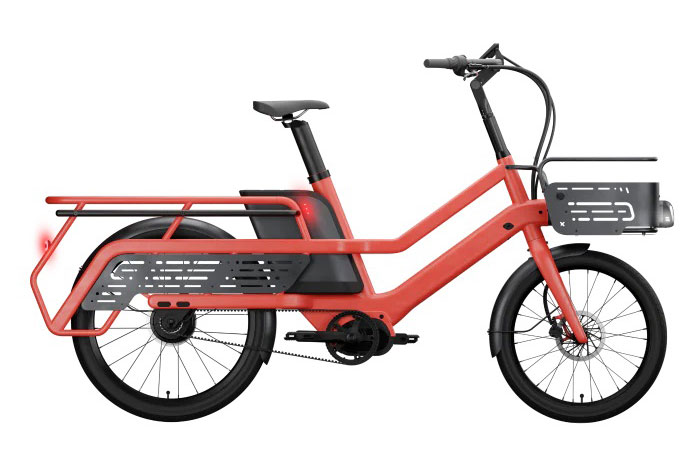
Soft sensing technologies have the potential to revolutionize wearable devices , haptic interfaces, and robotic systems. However , most soft sensing technologies aren’t durable and consume high amounts of energy.
Now, researchers at the University of Cambridge have developed self-healing, biodegradable, 3D-printed materials that could be used in the development of realistic artificial hands and other soft robotics applications. The low-cost jelly-like materials can sense strain, temperature, and humidity. And unlike earlier self-healing robots, they can also partially repair themselves at room temperature.
“Incorporating soft sensors into robotics allows us to get yourself a lot more information from them, like how strain on our muscles allows our brains to get information about the state of our bodies, ” said David Hardman from Cambridge’s Department of Engineering the paper ‘s first author.
Developed within the EU-funded SHERO project, these soft sensing, self-healing materials can detect when they are damaged, take the necessary steps to temporarily heal themselves, and resume work – all without the need for human interaction.
Researchers used printing sensors containing sodium chloride (salt) instead of carbon ink resulted in a self-healing material that’s cheap and easy to make, either by 3D printing or casting. Adding salt enabled sensing of stretches of more than three times the sensor’s original length so that the material can be incorporated into flexible and stretchable robotic devices.
They are also better than many existing alternatives due to their long-term strength and stability without drying out. And they are made entirely from widely available, food-safe materials.
“It’s a really good sensor considering how inexpensive and easy it is to produce, ” said George-Thuruthel. “We could make a whole robot out of the gelatine and print the sensors wherever we need them. ”
Although this material is really a proof-of-concept, if developed further, it could be incorporated into artificial skins and custom-made wearable and biodegradable sensors, researchers say.
Low-cost self-healing material for robotic hands and arms
Source: Tambay News






0 Comments